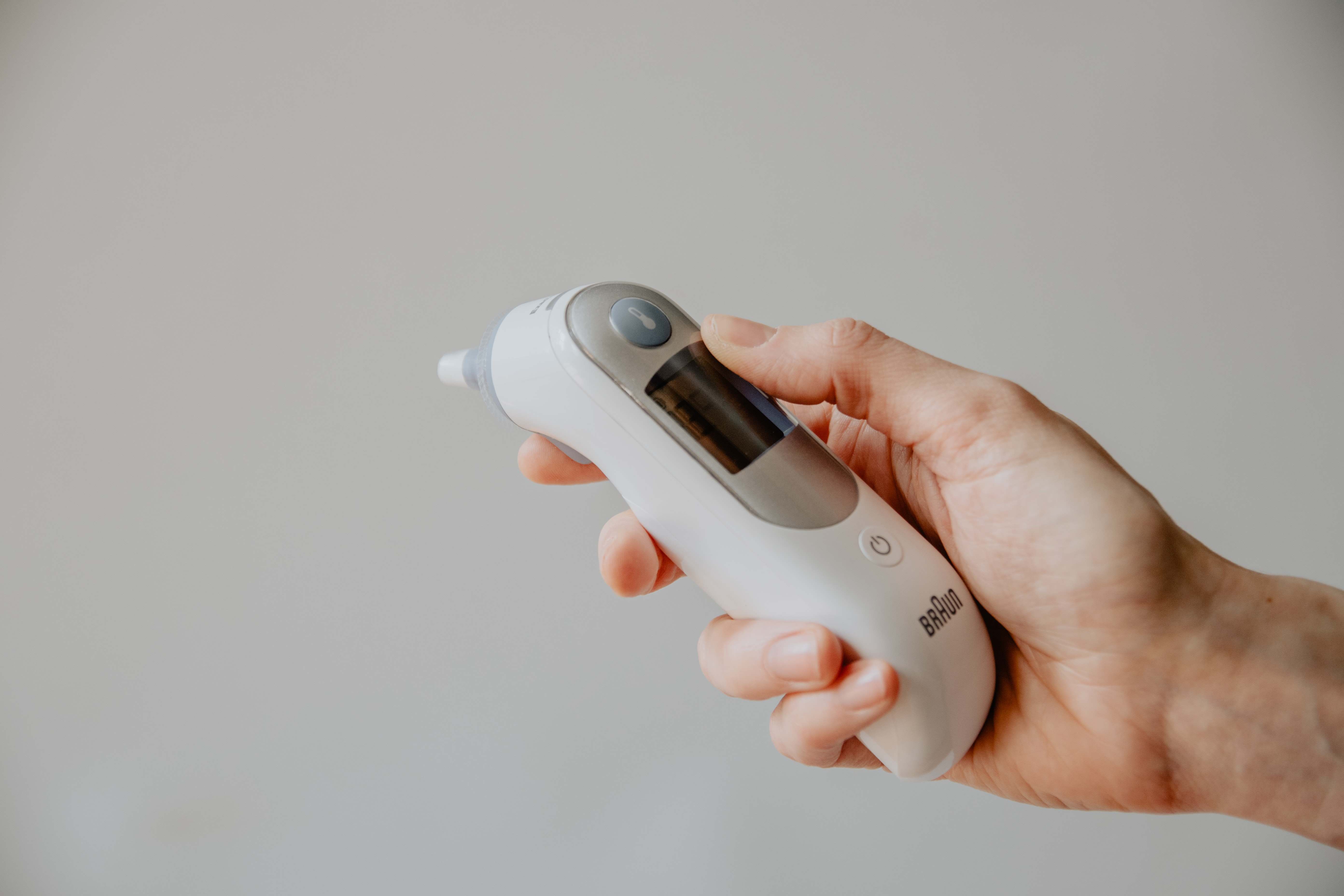Menu
More
Latest Blog Post
Thermal imaging technology finds its roots in the night combat missions of the 1950 Korean War.

By Iffy Kukkoo
01 Jun, 2020
Thermal imaging technology finds its roots in the night combat missions of the 1950 Korean War. Things have changed a lot since then, and so has the technology. A thermographic camera has the unique ability to see what human beings can’t - the infrared light or heat.
This makes it immensely useful for a number of applications, though its primary use has been restricted to the security and military domains.
There has always been a strong use-case for using thermal imaging in other applications – archaeology, medical, structural engineering, utilities (finding leaks in water/gas pipelines and power grids), agriculture, remote sensing, etc. However, the recent global pandemic engulfing the world has made a strong point for mass adoption of thermal screening.
Thermal imaging cameras need to be tuned to suit specific applications. Still, the basic principle remains the same and, in this article, our primary focus will be on screening people for temperature.
The world has seen a number of outbreaks in the past couple of decades – SARS, MERS, Zika, Ebola, H1N1 Swine Flu, and the latest addition to the list – COVID-19. It seems inevitable that we will emerge victorious from the current pandemic of COVID-19, as we did from all other diseases in the past. But you never know where the next outbreak is coming from. As we have seen in the present coronavirus outbreak, timely screening and prevention will go a long way in limiting the spread of the virus.
Handheld thermal screening devices have suddenly become mainstream.
Many government and commercial establishments have made it mandatory to screen visitors for temperature. Even though it does not offer a fool-proof solution (asymptomatic patients can still find their way in), but it is a definite deterrent and a quite useful item to have in your toolbox.
A Strong Case for Thermal Screening of Crowds
Portable devices are good for places where there is limited footfall and the entry/exit points are easy to monitor, such as supermarkets, shops, hospitals, factories etc. When there is a need to monitor large scale gatherings at places such as railways stations, airports and large shopping complexes and large manufacturing bases, individual screening is impractical.
This is where CCTV cameras with built-in thermal screening come in handy. This technology has already emerged as a frontline tool for battling the coronavirus. Thermal Imaging Cameras (TICs) will play a huge part when the world finally emerges from the present lockdown and they will continue to be helpful well beyond the reopening of the global economy.
Unlike handheld devices, TICs can monitor the temperature of a large number of people (typically 50-100) in an instant, without the need to stop any of them. TICs are trained to focus on detecting faces of people and reading their temperatures. This reading is displayed in the CCTV feed together with the video, making it very easy to single out people with high temperature. Advanced TICs can even be programmed to display only the temperature reading that are beyond the normal range and be configured to send notifications i.e sms or emails, with still images attached or interact with other devices like door entry systems / access control or even time management devices.
That depends on what you do, however if you have mass movement of people, then it's pretty much the only frontline defence. However, it is only one aspect and more use cases need to be explored.
It is worth mentioning that these aren’t cheap when compared to the standard CCTV cameras. In fact, the cost can go up to 6 times that of a high-end CCTV camera. In addition, the regular operation and maintenance is proportionately expensive, given there are not a lot of reliable manufacturers at the moment.
That been said, do not think of TICs only as a defence mechanism for COVID-19. Disregarding it for a second, don’t you think that knowing your employee or site visitors are running a temperature the moment they enter your premises would be handy? Don’t you think it would be better if you already have a procedure in place for people reporting sick for duty? You can factor that in at the beginning of the day and make alternate arrangements for maintaining your productivity levels. Workplace health is still one of the leading issues for loss of productivity, and detecting sick employees early will be a win-win situation for both.

Iffy is our exclusive resident technology newshound editor, relentlessly exploring the beauties of the world from a 4th dimensional viewpoint. When not crafting, editing or publishing our IT content, she spends most of her time helping people understand life and its basic principles. You know, the little things around you, that you've failed to grasp each day.
Dee.ie IT blog has updates on IT Consultancy, IT Contractors and Software Development related posts, on how your business can be managed effectively using technology.
Feel free to read more and or reach out to share your thoughts, feelings and input on our articles, our team would love to hear from you!